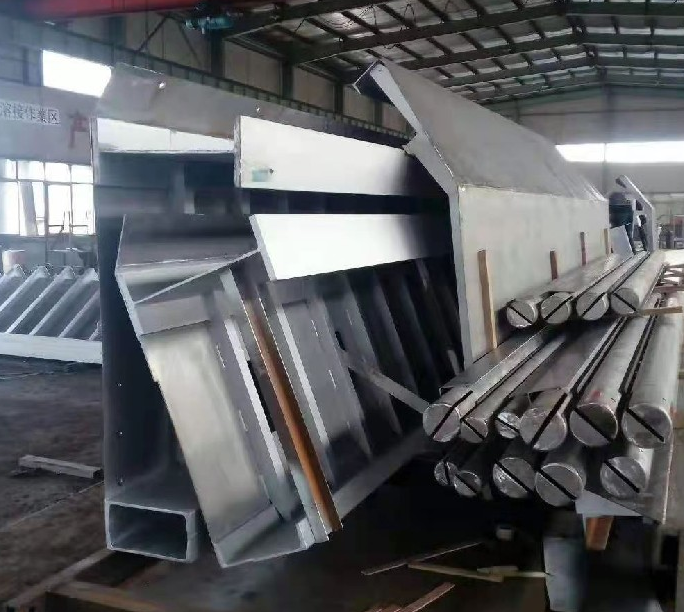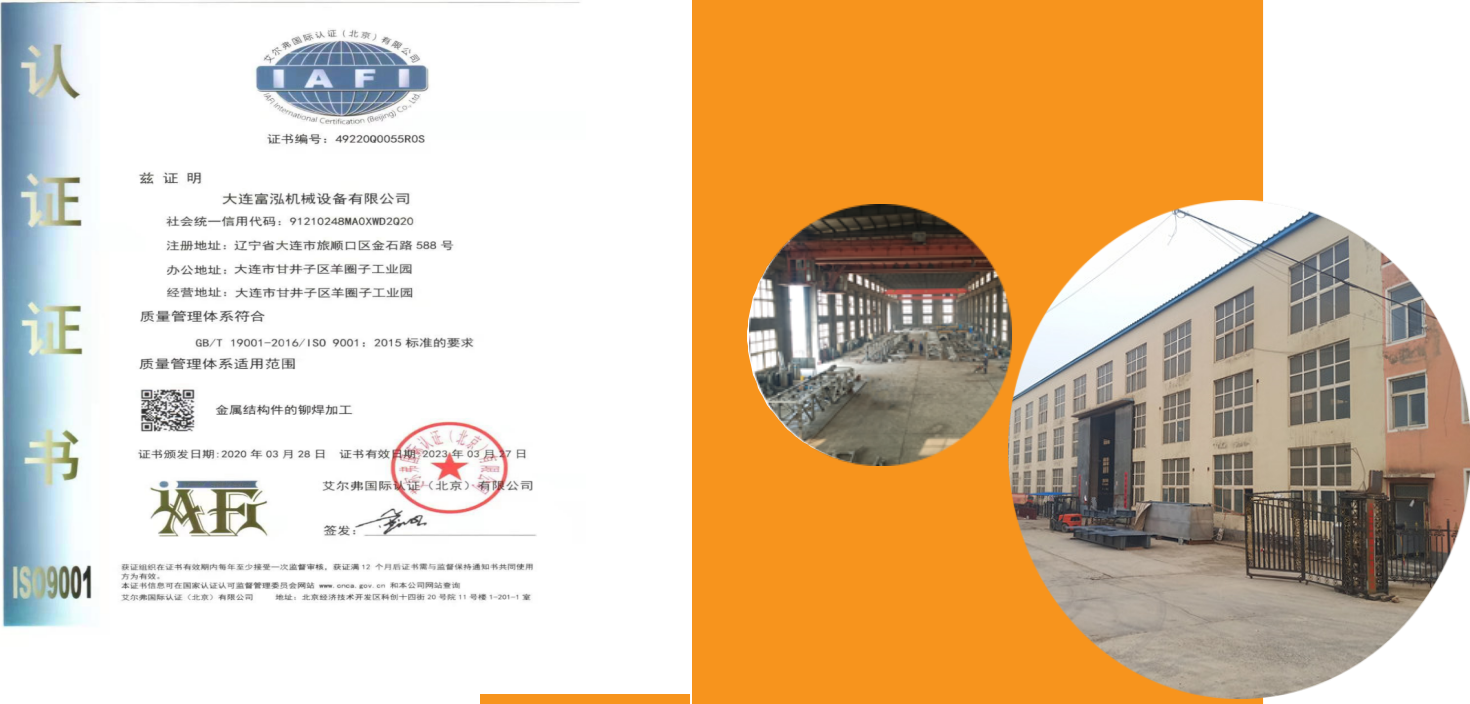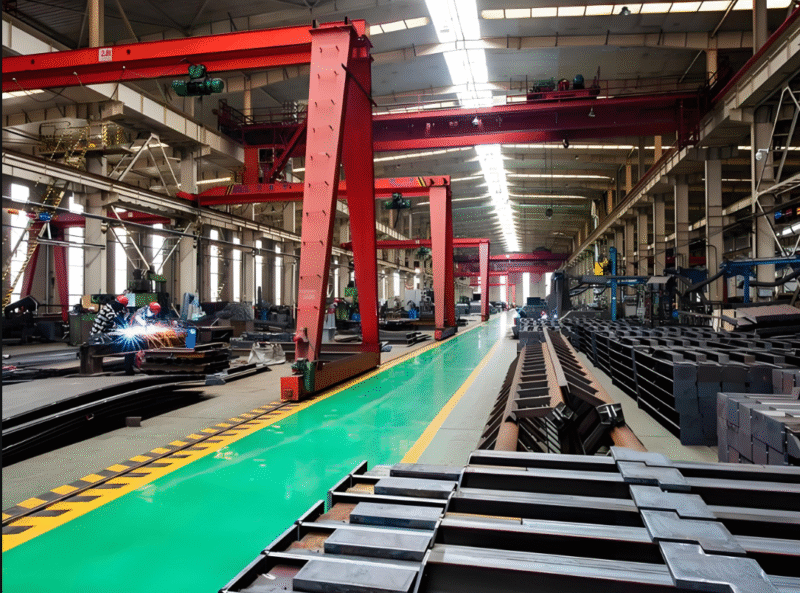Welding processand Dissolution Technology: The Connection and Finishing Revolution in Modern Manufacturing
From the microscopic interlocking of material atoms to the macroscopic moulding of large structures, welding processes and dissolution technologies are reshaping the boundaries of modern manufacturing.
In high-end manufacturing, joining and finishing are key aspects that determine the performance and longevity of products. While the traditional welding process achieves atomic-level bonding of metals through heat, the innovative dissolution technology takes advantage of the dissolution properties of materials to achieve ultra-precision machining. The synergistic development of these two technologies is driving industries such as aerospace, microelectronics and medical devices to new heights.
Welding Process Analysis: The Science and Art of Joining Metals
Welding is a manufacturing process and technology for joining metals or other thermoplastic materials under heat, high temperature or high pressure, with the core objective of achieving a welded joint that meets or exceeds the properties of the base material.
The three main ways to categorise welding
Welding methods can be divided into three main categories, depending on the degree of heating during the welding process and the characteristics of the process :
Fusion welding: the workpiece weld local heating to a molten state, the formation of a molten pool (usually also add filler metal), after cooling and crystallisation to form a weld, the welded workpiece is combined into an inseparable whole. Common welding methods include gas welding, arc welding, electroslag welding, plasma arc welding, electron beam welding, laser welding and so on.
Pressure welding: in the welding process, whether heated or not, need to pressurise the welding method. Common pressure welding resistance welding, friction welding, cold pressure welding, diffusion welding, explosion welding and so on.
Brazing: The use of a brazing material (filler metal) with a melting point lower than that of the metal to be welded, after melting, to fill the gap between the joints and to diffuse with the metal to be welded to achieve the connection. The welded workpiece does not melt during the brazing process, and there is generally no plastic deformation.![图片[1]-焊接工艺与溶解技术:现代制造业的连接与精加工革命(深入了解焊接工艺与溶解技术的最新进展)-大连富泓机械有限公司](https://cndlfh.com/wp-content/uploads/2025/10/QQ20251002-200941-800x625.png)
Welding technologycore strengths
Welding production has a number of outstanding features: it can save metal materials, reduce the weight of the structure; to achieve a small, large, large for small, the manufacture of heavy, complex machine parts, to simplify the casting, forging and cutting process; welded joints have good mechanical properties and sealing; but also be able to manufacture bimetallic structure, so that the performance of the material is fully utilised.
Dissolution Technology Explored: A Precision Revolution Beyond Conventional Machining
Dissolution technology represents an innovative approach to materials processing in manufacturing that utilises the dissolution properties of materials in specific solvents to achieve material removal or surface modification.
Basic principles of the dissolution method
Dissolution method refers to the use of appropriate solvents to dissolve the specimen to make a solution, this method is relatively simple and fast. Water is one of the most important solvents for dissolving inorganic substances, and for the decomposition of inorganic substances insoluble in water, acids, bases or mixed acids are usually used as solvents.
Ultra-precision dissolution polishing technology
In the field of high-end manufacturing, dissolution technology has given rise to ultra-precision processing methods such as water dissolution polishing. For example, for the ultra-precision processing of KDP crystals (potassium dihydrogen phosphate single crystals), researchers have developed a CNC polishing method based on the principle of water dissolution. This method makes use of the characteristics of KDP crystals that can be dissolved in water, and selects a water-containing oil-based microemulsion as the polishing solution, through the “mechanical-water dissolution interaction synergistic effect” on the removal of materials for processing, will not produce sub-surface damage in the traditional mechanical removal process.
Synergistic application of precision welding and dissolution technology
A perfect match for the aerospace sector
In the aerospace industry, precision welding processes can be used to weld small tubes with a diameter of 0.012 inches and a wall thickness of 0.001 inches, and almost all metals can be precision welded, including titanium and nickel-based alloys .
At the same time, dissolution technology also plays an important role in the processing of aerospace precision components. For example, certain precision components may require surface treatment after welding, and dissolution technology can provide a non-destructive precision machining solution to ensure that the component meets the required surface quality and accuracy requirements.
Technology Convergence in Microelectronic Manufacturing
In the field of microelectronic manufacturing, the soldering process and dissolution technology show an amazing synergy:
Precision resistance welding is widely used in microelectronic packaging, with controllable welding joints, smooth welding surfaces, and excellent performance on tiny parts.
Laser welding is also important in the field of microelectronics, where it offers the advantages of a highly controllable weld joint, high and concentrated energy, and a strong bond.
Water dissolution polishing technology can be applied to similar KDP crystals can be dissolved in water difficult to process materials, to solve the high-precision components in the processing of the surface of the residual small-scale ripples in the removal of the difficult problem, the principle of microelectronic components in the finishing process has broad prospects for application.
Technology Innovation and Development Trends![图片[2]-焊接工艺与溶解技术:现代制造业的连接与精加工革命(深入了解焊接工艺与溶解技术的最新进展)-大连富泓机械有限公司](https://cndlfh.com/wp-content/uploads/2025/10/QQ20251002-202341.png)
Automation and Intelligence in Welding Technology
Welding technology in the machine tool industry is moving towards high efficiency, numerical control, automatic direction. Specific performance:
Some of the backbone enterprises have established a complete welding management system, and absorbed and digested the welding process standards of the introduced products.
The welding process has been perfected, so that it has developed from a single machining process into a whole set of emerging comprehensive engineering technology from raw material pre-treatment, cutting and dropping, forming, welding, post-weld testing and post-weld treatment.
CNC precision cutting and computer-programmed nesting techniques are used.
CO2 gas and argon-rich gas shielded welding or submerged arc welding and other advanced and efficient new techniques have been promoted and applied.
Precision and control of dissolution technology
Dissolution technology is likewise evolving towards greater precision and greater controllability:
Ultra-precision machining of large-size KDP crystal elements has been achieved by computer-controlled optical surface forming technology.
The development of a “mechanical-water dissolution interaction synergy” material removal mechanism has enabled more precise material removal control.
Precise control of the material removal rate is achieved by adjusting the water content of the polishing solution and the process parameters.
Process Selection Guide: Welding vs. Dissolving Techniques
To help manufacturers choose the most appropriate process for their specific needs, the following comparison analyses the key characteristics of welding and dissolving technologies:
Comparative dimensions Welding processes Dissolution techniques
Nature of the process Material joining technology Material removal or surface treatment technology
Suitable materials Metals, thermoplastics Materials soluble in specific solvents (e.g. KDP crystals)
Accuracy level Up to micron level (precision welding) Nano level ultra-precision machining
Thermal effects Most methods have heat affected zones Usually no thermal effects
Main applications Structural joining, component assembly Ultra-precision surface machining, micro-nano texture removal
Equipment costs vary by technology (resistance welding equipment is cheaper, laser welding is more expensive) Specialised CNC equipment is more expensive
Technology trends Automation, intelligence, high efficiency Precision, controllability, multifunctionality
Future Outlook: Co-evolution of Technology and Industry
Future directions for welding processes
The future of welding technology will pay more attention to the development of automation, intelligence and professional welding. With the “welding instead of casting, welding instead of forging, welding instead of cutting” has become the general trend of the manufacturing industry, welding technology in the manufacturing industry will be more widely used. At the same time, with the development of metallurgy and materials science, computer and network technology, the popularity of the application of the theory of material connection and welding manufacturing technology will continue to develop rapidly.
Dissolution technologyInnovative perspectives
Dissolution technology is promising in the field of special materials processing. For difficult-to-machine materials such as KDP crystals that are soluble in water, the water dissolution polishing method provides an effective solution for ultra-precision machining. With the continuous improvement of material surface quality requirements, dissolution technology is expected to replace the traditional machining methods in more areas.
The infinite possibilities of cross-border integration
The development of the integration of welding processes and dissolution technology will give rise to more innovative solutions. For example, after welding, precision components can be surface-finished by dissolution technology, thus ensuring both structural strength and serviceability. This combination of technologies will provide more complete product quality solutions for the manufacturing industry.
With the manufacturing industry on the accuracy, efficiency and quality requirements continue to improve, welding process and dissolution technology are each towards a more precise, more intelligent direction, and in the field of high-end manufacturing show great synergistic potential. For manufacturing enterprises, grasp the development trend of these two technologies, according to their own product characteristics to choose the right combination of processes, will occupy the first opportunity in the new round of industrial upgrading.
Regardless of your organisation’s focus on manufacturing, an in-depth understanding of the latest advances in welding processes and dissolution technologies will support your product quality improvement and technological innovation.








暂无评论内容